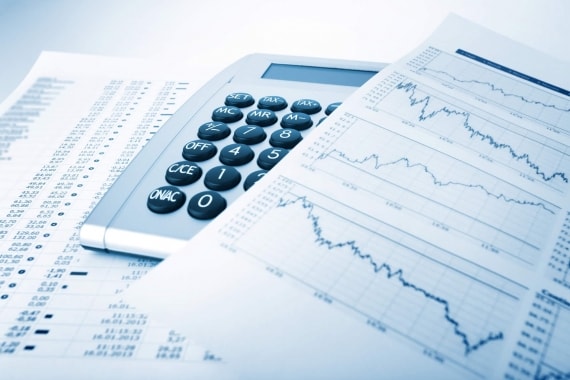May be called Momentum, the Rate of Change (ROC) is a pure momentum oscillator.
What the ROC calculation does is compare the present price to the previous prices seen through “n” periods. Easily put, the ROC calculates the average rate of change in percentage in price between specific periods.
From the plot, an oscillator is formed. This oscillator moves erratically, and it shifts above and below the levels of the zero line as the ROC swings from positive to negative.
Common among indicators for momentum, the ROC indicates overbought and oversold zones that are at the discretion of being adjusted to fit certain market conditions. It is in this light that one must note that security may either be oversold or overbought and may stay that way for a long duration.
The ROC is sound for identifying a financial tool’s overall long-term trend. What this results in is not necessarily a signal independently, but an aid to confirm other signal-creating conditions.

How the ROC Works
With those mentioned above, one who employs Technical Analysis makes use of ROC primarily to identify trends and overbought and oversold conditions.
What you have to note in the beginning is that the ROC is pegged to a price. Should the values advance, the ROC value stays above the Zero Line, which is positive. Should it decline, it stays below the line, which is, of course, negative. Should the ROC remain positive, prices will continue to rise. Put, if the ROC were negative, then prices would fall.
With that being said, the ROC spreads well into positive territory when an advance accelerates. If a decline is seen, then it only means it had gone deeper into negative territory.
As it is not bound by range, the ROC is makes identifying conditions of overbought and oversold less direct. It is challenging to place thresholds. The smartest way to do so is through research and analysis of historical data. What this entails is that the Analyst looks into the past price movements. He or she should compare it to the ROC afterward to gain perspective when the instrument is overbought or oversold.
A sharp price advance is reflected through the upward surge of the ROC. The downward plunge is logically a decline in price.
Rate of Change Formula
As already mentioned, the ROC compares present prices to the previous prices seen through specific periods.
The Rate of Change formula is as follows:
n = a user-defined number
ROC = [(CurrentClose – Close n periods ago) / (Close n periods ago)] X 100
Conclusion
The takeaway from the discussion of the ROC is that it is best to see it as a part of a larger whole. While it can genuinely generate signals, one can further its effectiveness in confirming signals or conditions on Forex which are identified by the results of Technical Analysis.
One must remember that Momentum is a crucial element when looking into price behavior, and the ROC is one efficient tool to analyze Momentum. As such, it has proven itself to be a most valuable Forex tool.